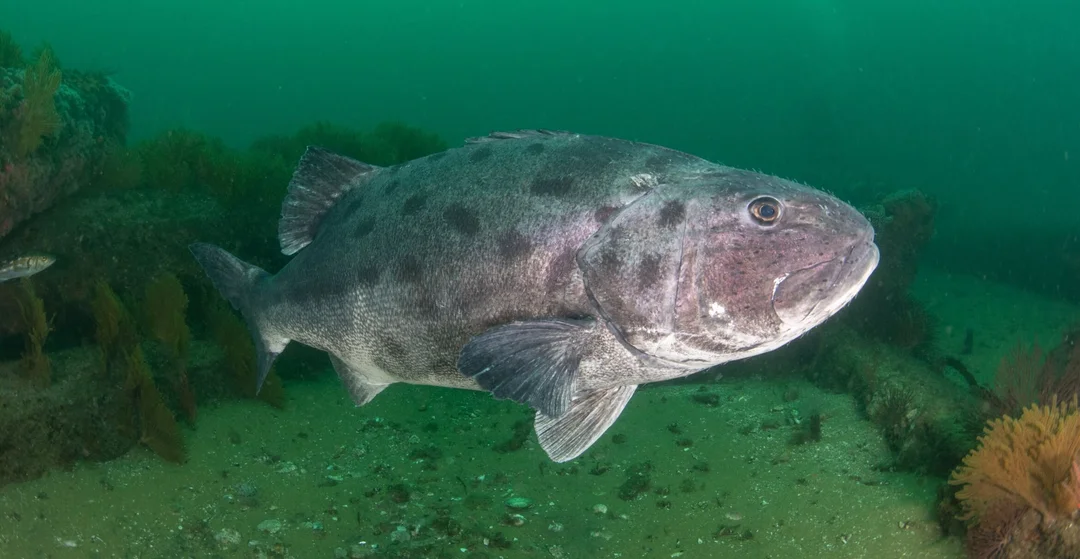
Community Science Sparks Hope for SoCal’s Endangered Giant Sea Bass
Southern California's population of giant sea bass is on a path to recovery, thanks to innovative conservation efforts driven by community science. Often referred to as the "king of the kelp forest," these majestic fish are among the favorites for scuba divers exploring the California coast. However, their population remains critically low after decades of overfishing.
A recent study led by researchers at UC Santa Barbara provides new insight into this scenario. By utilizing over 1,600 photographs sourced from divers and fishermen, the team has made the first direct population estimate of the giant sea bass in Southern California from 2015 to 2022, revealing that there are now slightly more than 1,200 adult fish.

The findings were published in the Marine Ecology Progress Series, signaling a positive trend in the giant sea bass population, but the numbers remain distressingly below historical levels. Lead author Andrew Pettit remarked, "It's reassuring to see things moving in the right direction in Southern California," though he cautioned that full recovery will take time, as this slow-growing species remains vulnerable.
Giant sea bass can grow over seven feet long and weigh more than 550 pounds, marking them as top predators in their ecosystem, crucial for the health of kelp forests. Unfortunately, they were nearly driven to extinction due to overfishing practices that drastically reduced their numbers between the late 1800s and the 1980s.
Conservation measures have initiated some recovery with bans on gillnet fishing close to the shore and a reduction in the number of fish allowed to be caught per vessel. However, much work remains to ensure the sustainability of this species. "While we are seeing evidence of a population increase, there is still a long way to go before we can celebrate," Pettit added.
The community-driven efforts to understand and protect giant sea bass exemplify how citizen science can play a role in conservation. Thousands of divers and fishermen have engaged in the Spotting Giant Sea Bass Project, identifying individual fish by their unique spot patterns, a technique that streamlines data collection while minimizing stress on the fish.

Despite signs of recovery, Pettit is wary of the long-term genetic diversity critical for the species' survival. The collaboration between academia and the local diving community nurtures stewardship of ocean resources and provides a needed platform for ongoing research and conservation. The Spotting Giant Sea Bass project is set to expand, aiming to encompass larger regions to further contribute to this essential research.
In summary, while there are glimmers of hope for the giant sea bass, there are still significant challenges ahead. How can we continue to foster community involvement in conservation initiatives? Share your thoughts in the comments below, and let’s work together to protect our ocean's treasures.